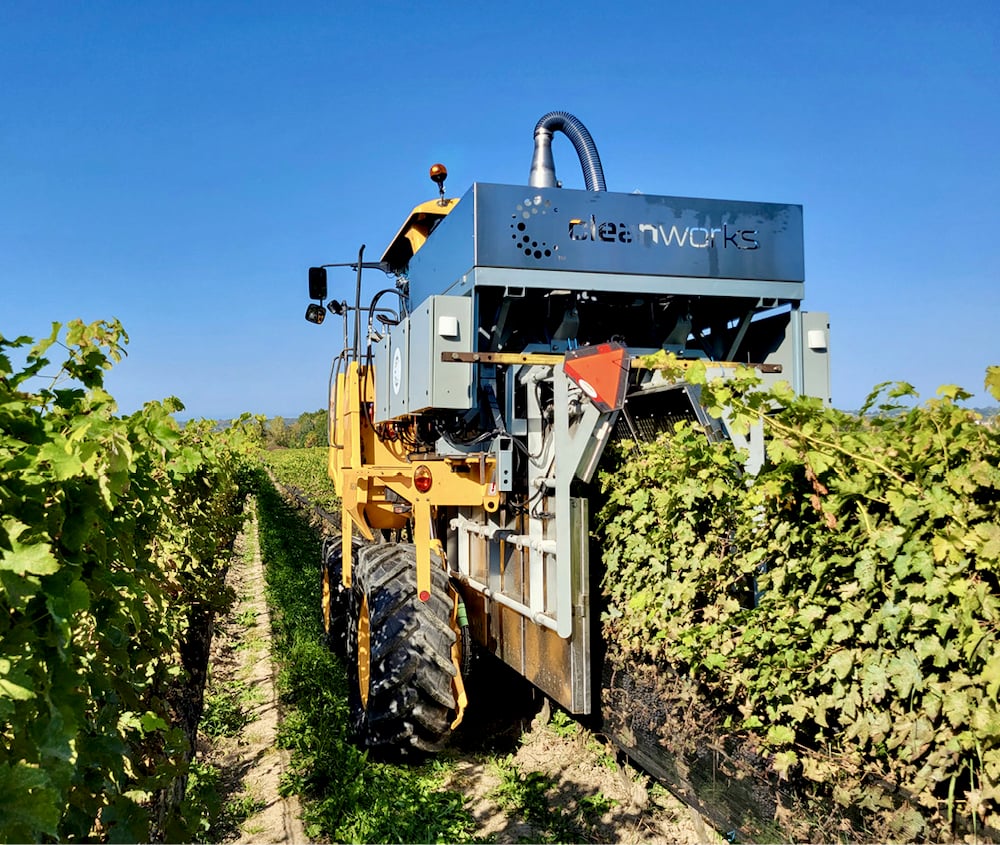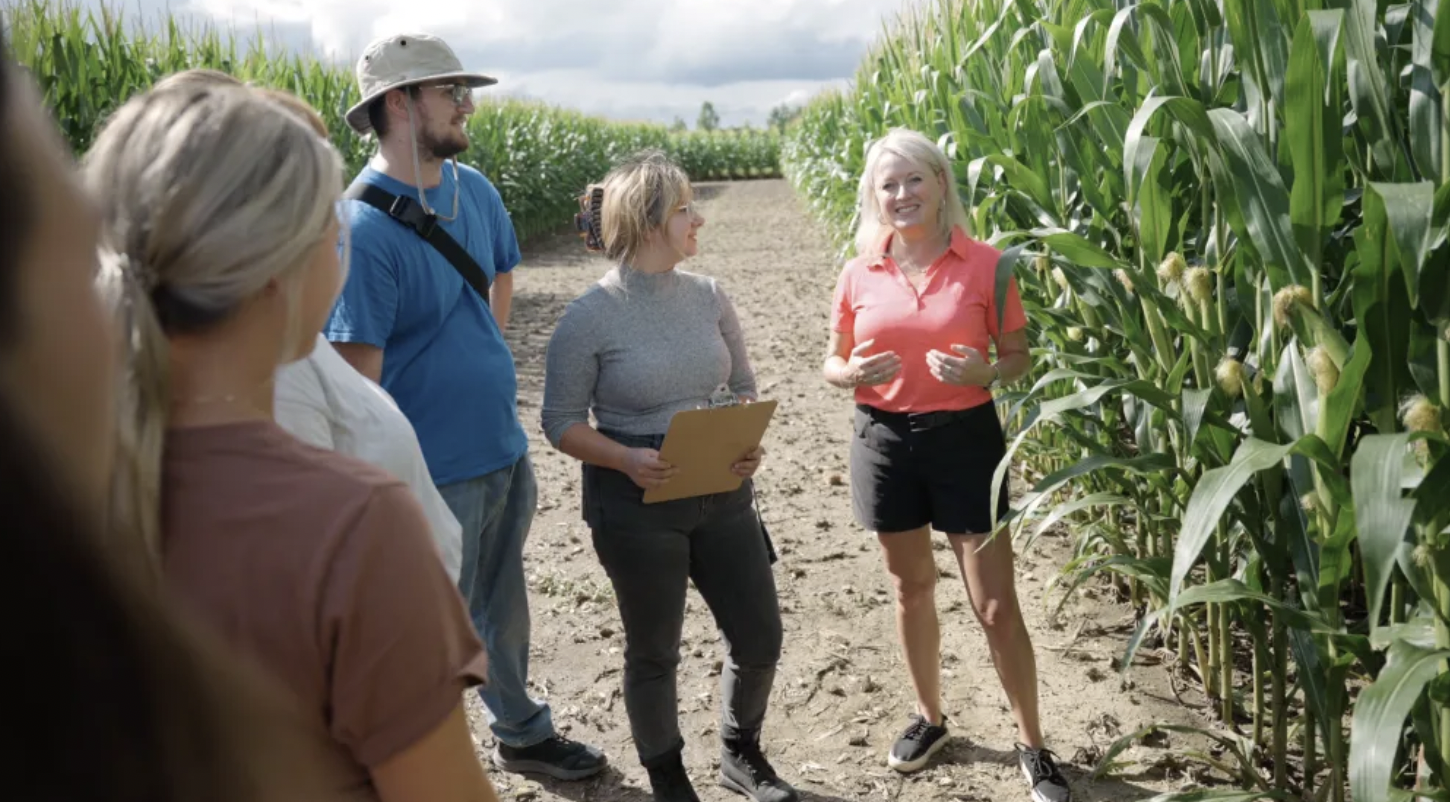Ontario innovator wins Food Waste Challenge

An Ontario company with technology that can reduce fungicide use and increase produce shelf life has won a $1 million grand prize from the federal government.
Read Also


New faculty boosts field crop entomology expertise
Dr. Jocelyn Smith is Ridgetown’s new Assistant Professor in Field Crop Entomology. The University of Guelph said in a release…
Why it matters: The technology can increase the shelf-life of produce by up to 20 per cent, which would reduce food waste.
St. Catherines-based Clean Works was named one of two winners in the novel technologies stream of Canada’s Food Waste Reduction Challenge. Its proprietary system uses vaporized hydrogen peroxide, ozone and ultraviolet light to control mildew and microorganism growth in fruits and vegetables before they are harvested.
This can increase produce shelf life by up to 20 per cent, which Clean Works estimates will prevent the waste of almost 50 tonnes of grapes and spinach in Canada. It has also been found to reduce the severity of powdery and downy mildew in grapes.
“It’s a huge honour to win this challenge and so exciting to see this work come to fruition, especially when you consider the potential impact of this technology,” says Michele Visser, vice-president of sales and marketing at Clean Works.
Participation in the challenge was a three-year process, notes Clean Works’ business development director Denise VanderVeen. The company’s original entry in 2021 was a proof of concept, one of many submitted to the competition by innovators across the country.
In January 2022, Clean Works became one of 18 semi-finalists who each received $100,000 to build a prototype of their technology, and in January 2023, it became a finalist and received a further $450,000 to field test its solution in a commercial environment.
This enabled a partnership with Vineland Research and Innovation Centre and Vineland Estates Winery to field-test the innovation and examine its effectiveness in controlling powdery and downy mildews in wine grapes. The two diseases are starting to show resistance to commonly used fungicides.
“Because of the strict rules around fungicide use, many wineries reach their use caps before the crop is harvested, resulting in fruit loss,” VanderVeen says. “Mildew also affects the taste of the grapes, making them unsellable.”
In the first season of testing, Vineland’s researchers used a Clean Works prototype at night in a hoop house to treat grape plants that were inoculated with powdery mildew.
During the second season, the prototype was installed on a grape harvester at Vineland Estates Winery and the team tested different treatment doses, reduced hydrogen peroxide levels and daytime versus nighttime treatment.
According to Andrew C. Wylie, research scientist in plant pathology at the Vineland Research and Innovation Centre, the Clean Works process can decrease severity of powdery and downy mildews, which can reduce the need for fungicides in grape production. That benefits the environment and growers’ profitability.
“We found a more than 50 per cent reduction in powdery mildew in the hoop house and in-field, which meant it created about 90 per cent more usable grapes,” adds VanderVeen.
Clean Works was founded in 2017 following a U.S. listeria outbreak in caramel apples that prompted co-founder Paul Moyer of Moyers Apple Products to seek a better way to decontaminate apples.
He found his answer in research that Keith Warriner was doing at the University of Guelph using hydroxyl radicals, which became the basis for Clean Works’ rapid, waterless and chemical-free decontamination.
Today, the technology is used in harvested fresh fruits and vegetables, individual quick-freeze produce, and meat, poultry and seafood processing. It is also used in poultry and egg production, where it can decontaminate eggs before hatch and keep chicks healthier in the first week of life.
“Working on pre-harvest application of this technology was always the plan, but the challenge helped us fast-track and expedite the move from post-harvest to pre-harvest,” says Visser.
“Beta testing to run the technology at larger scale, move at a faster speed and be more efficient is the next step so that we will be ready for commercialization.”
After another year of testing and data collection, the company anticipates launching the technology in 2025. It is also researching the applicability for greenhouse crops and field crops like cauliflower and broccoli.
“Our goal, ultimately, is to create a more sustainable food landscape,” adds VanderVeen.
Source: Farmtario.com

